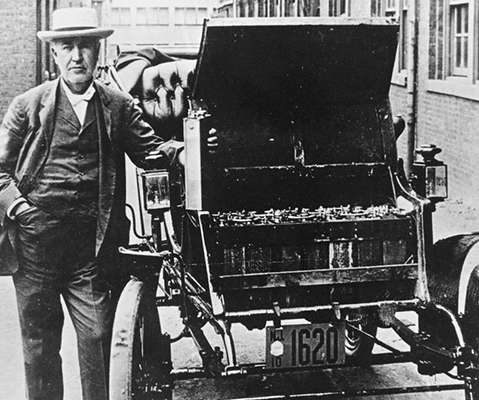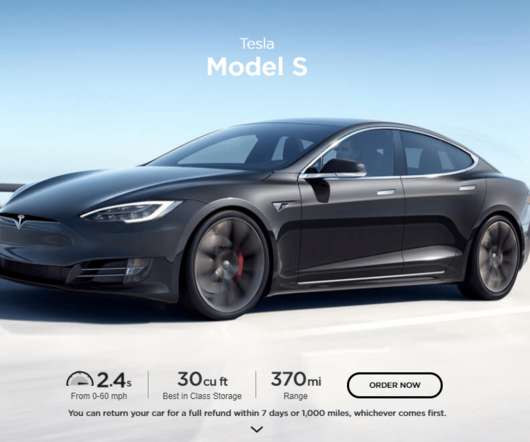China publishes plan to boost fuel-efficient and new energy vehicles and domestic auto industry; targeting 500K PHEVs and EVs in 2015, rising to 2M by 2020
Green Car Congress
JULY 9, 2012
Experts urged greater efforts on China’s part to boost development of the new energy vehicle industry. Energy-saving and new energy vehicles have become the development direction of the international automobile industry. The scale of China’s automobile production and sales in the world, is expected to continue to grow.



















Let's personalize your content